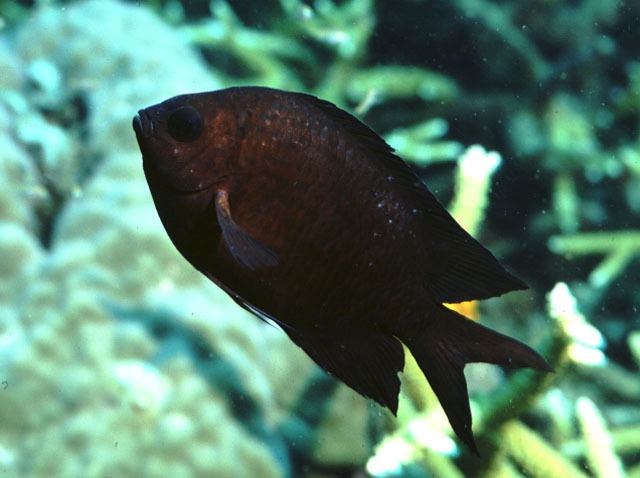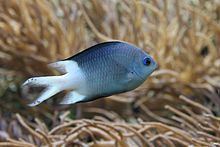Kingdom Animalia Phylum Chordata Rank Species | Family Pomacentridae Higher classification Acanthochromis Order Perciformes | |
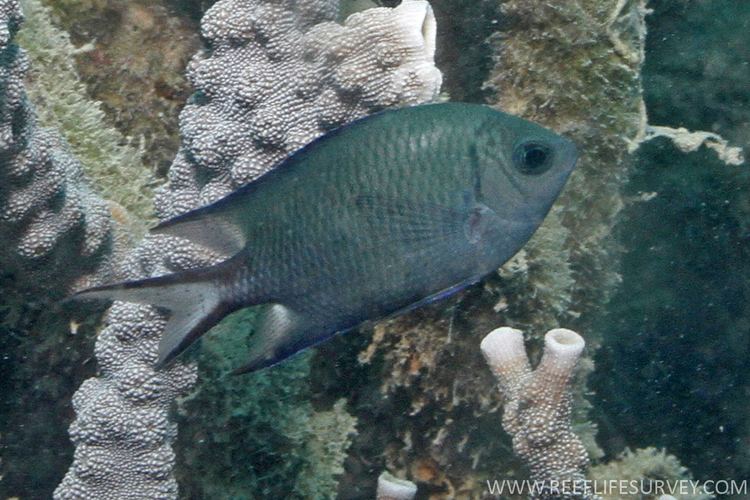 | ||
Genus Acanthochromis
Gill, 1863 Scientific name Acanthochromis polyacanthus Similar Amblyglyphidodon, Amblyglyphidodon aureus, Neoglyphidodon, Dascyllus reticulatus, Chrysiptera talboti | ||
Acanthochromis polyacanthus
Acanthochromis polyacanthus, the spiny chromis damselfish, is a species of damselfish from the western Pacific. It is the only member of its genus.
Contents
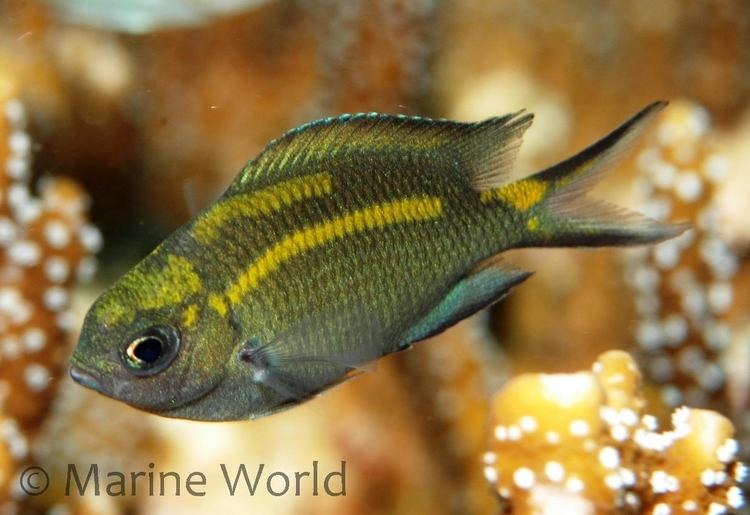
Distribution and habitat
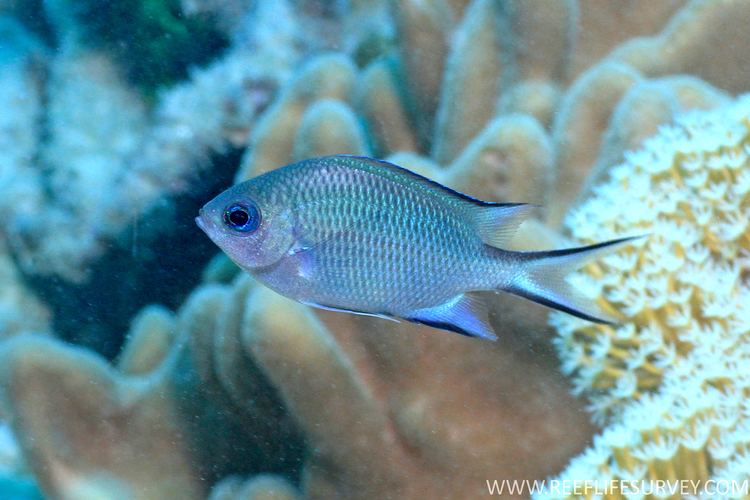
The spiny chromis is found in the western Pacific Ocean. It is found in western and central Indonesia, Papua New Guinea, northern Australia, and all the islands in the Philippines except Luzon. They are also found in Melanesia. This fish usually lives in coral reefs. This fish is found at a depth range of 1 to 65 metres (3.3 to 213.3 ft) but is usually found at a depth range of 4 to 20 metres (13 to 66 ft).
Description

Adult individuals can grow up to a maximum size of 14 centimetres (5.5 in). Its fins have 17 dorsal spines, 14 to 16 dorsal rays, 2 anal spines, and 14 to 16 anal rays. This fish is gray on the front and white on the back. The top of its dorsal fin and the bottom of its anal fin is black. Some individuals are gray with a yellow horizontal line in the middle.
Diet
This fish is planktonivorous. Younger individuals have been known to eat mucus off the adults.
Life Cycle

Unlike many other coral reef fishes, A. polyacanthus has direct development of their larvae, which means that the parents protect their brood from the egg stage (which are laid on the reef), through hatching and onto the fully developed juvenile stage. There is no pelagic larval stage unlike the vast majority of coral reef fishes. This form of direct development means that the offspring often take up residence on the reef not far from where they were hatched. Consequently, high levels of local adaptation to their local environment has been recorded in this species.
